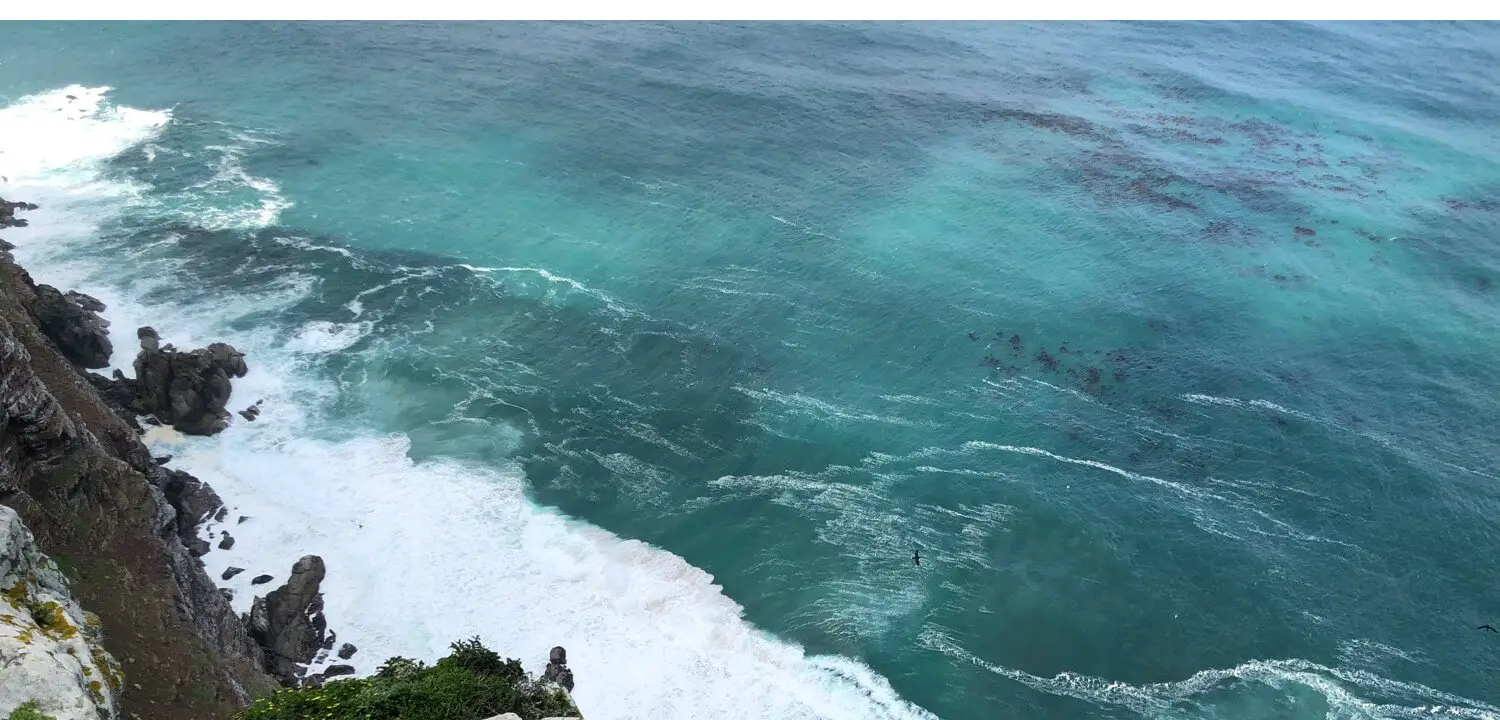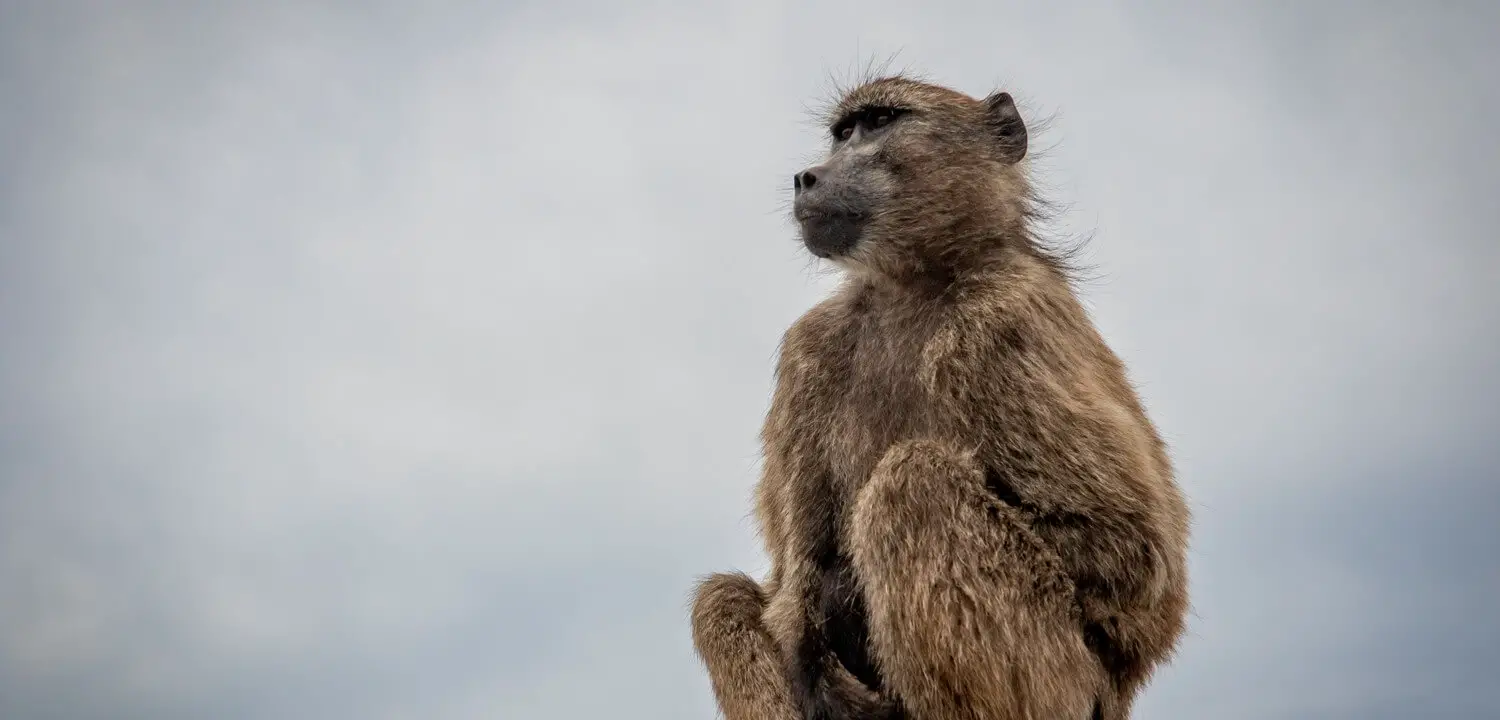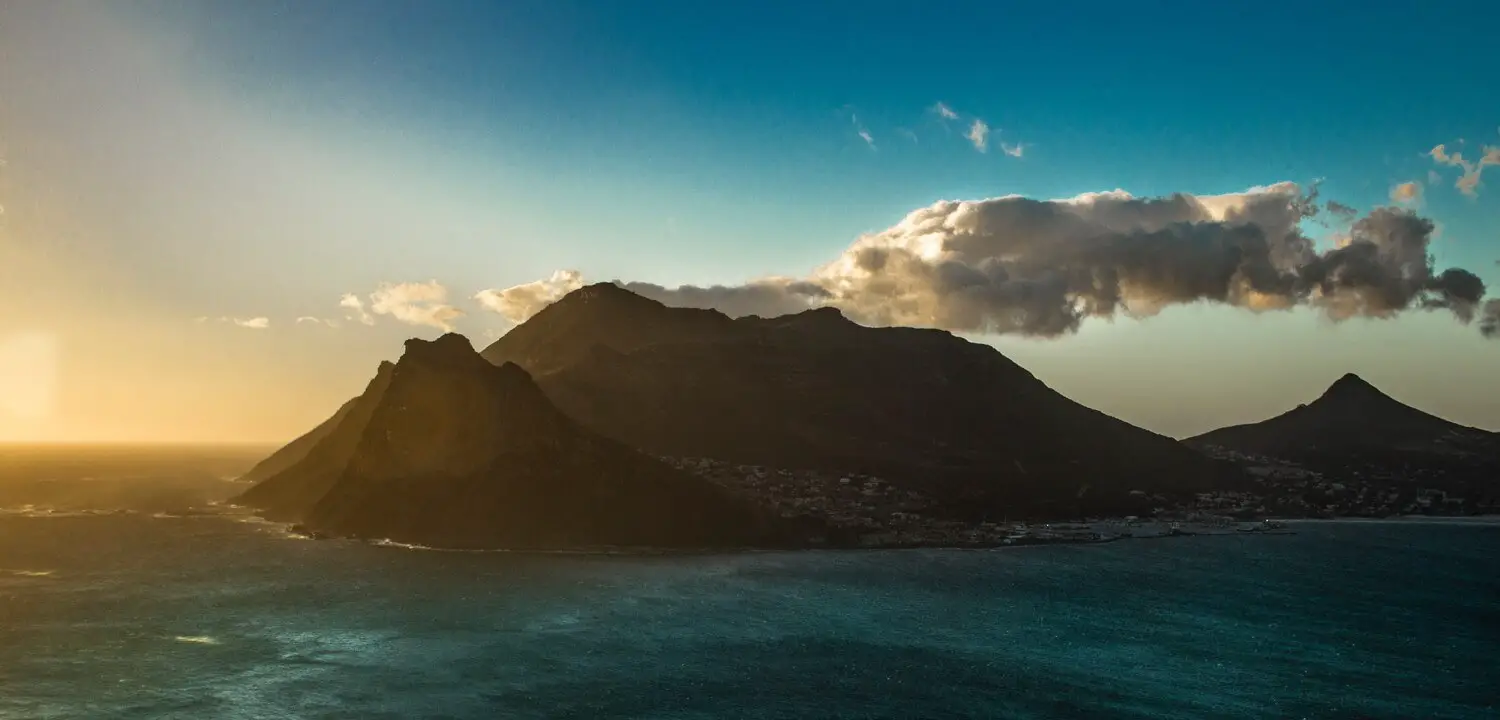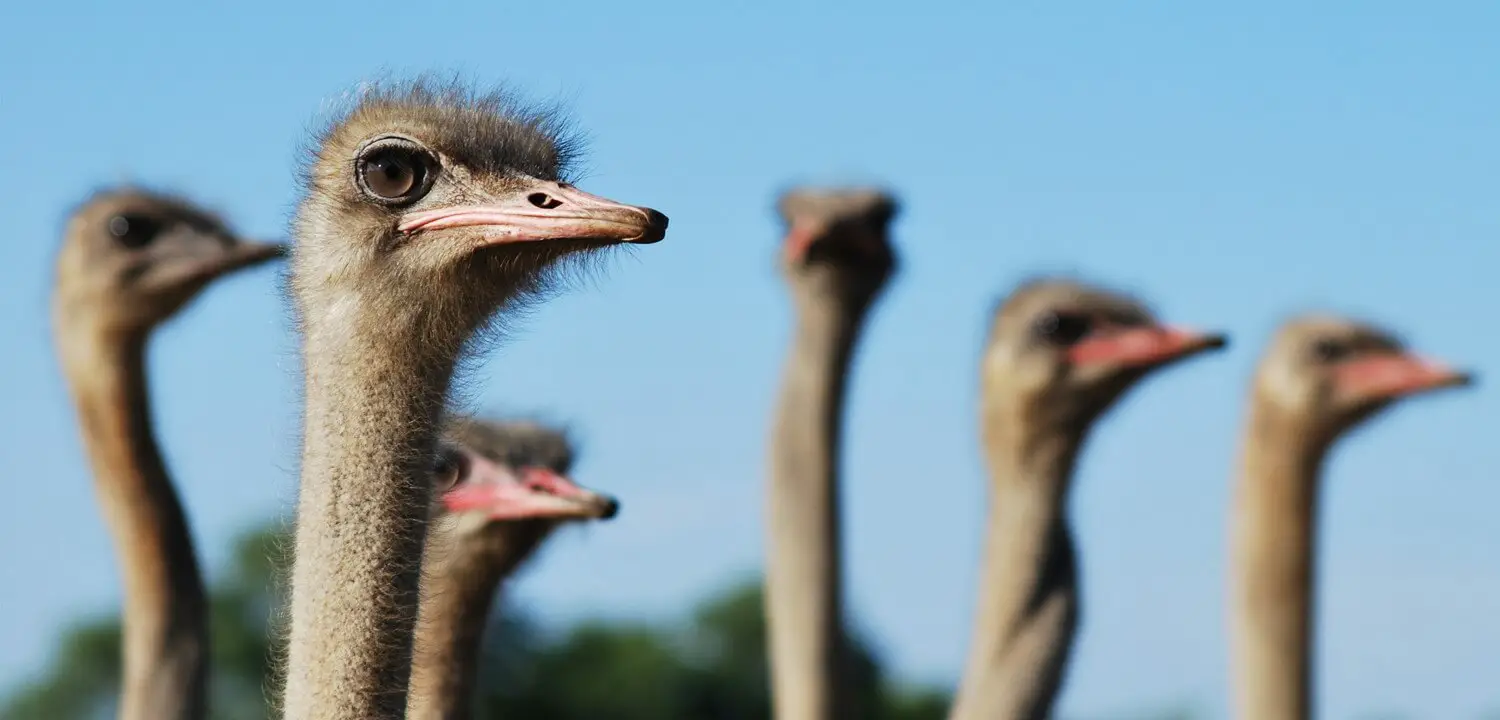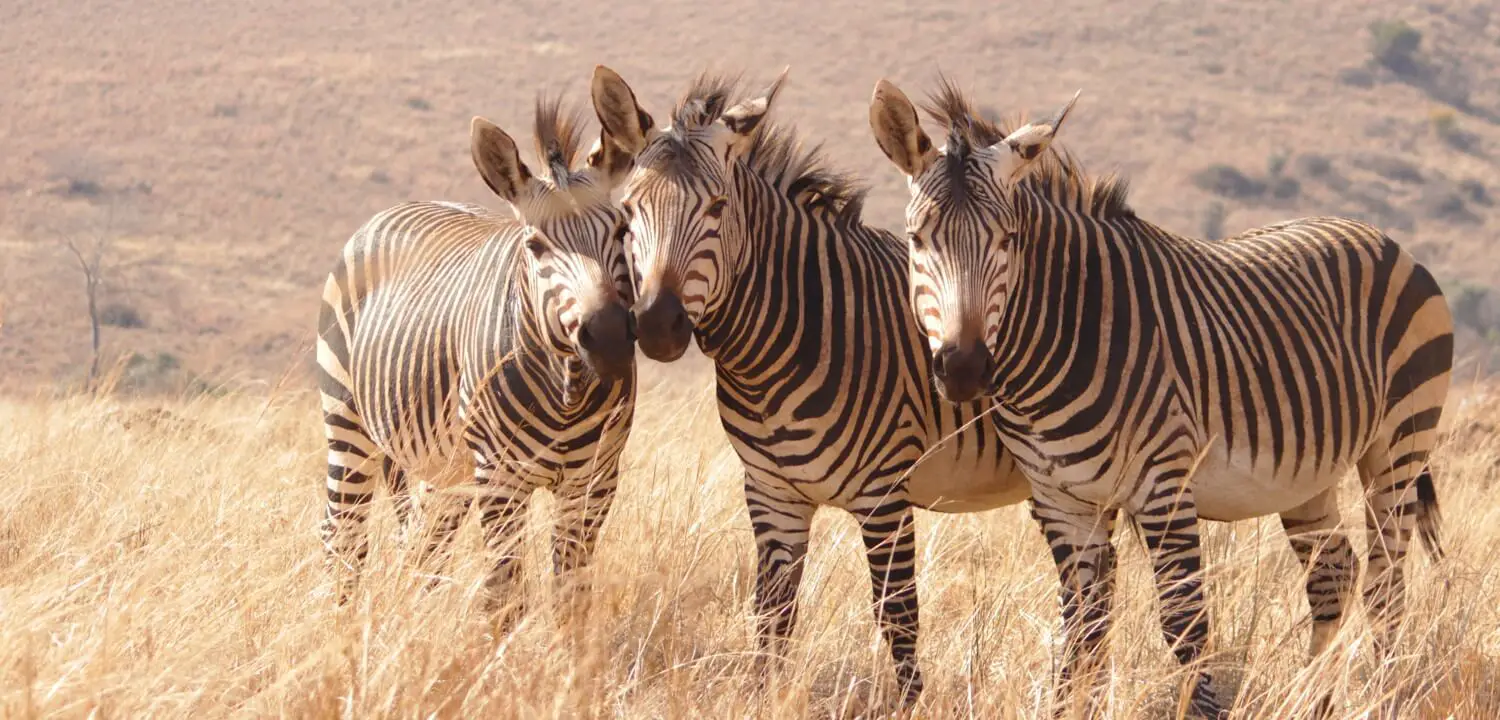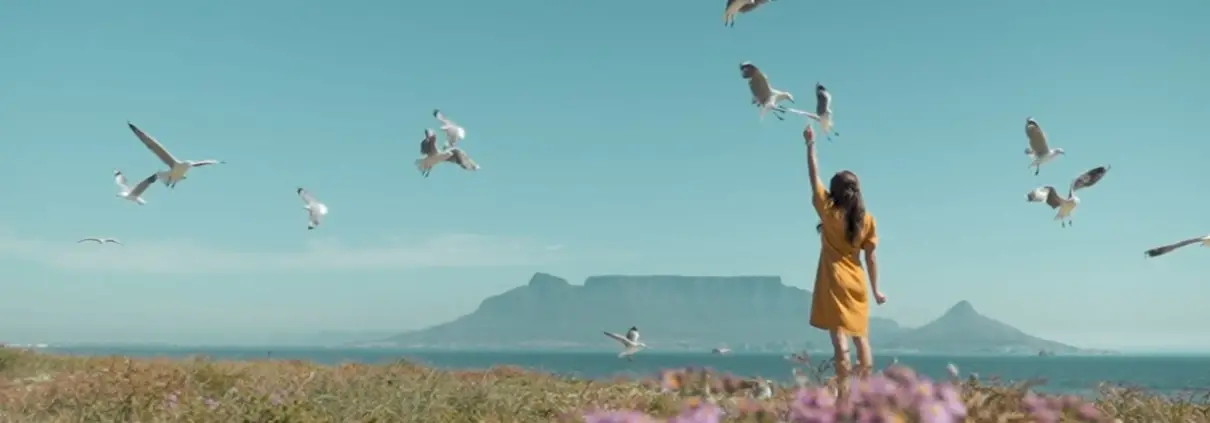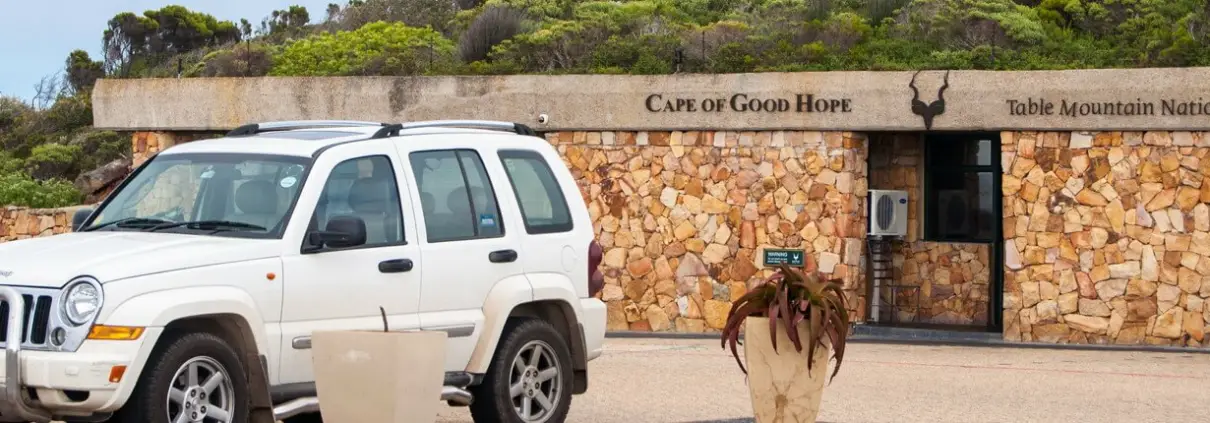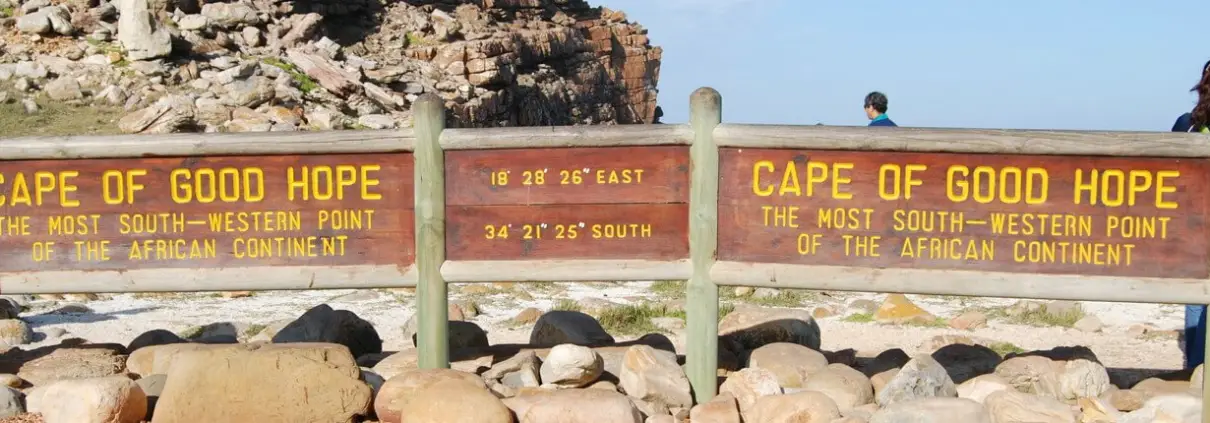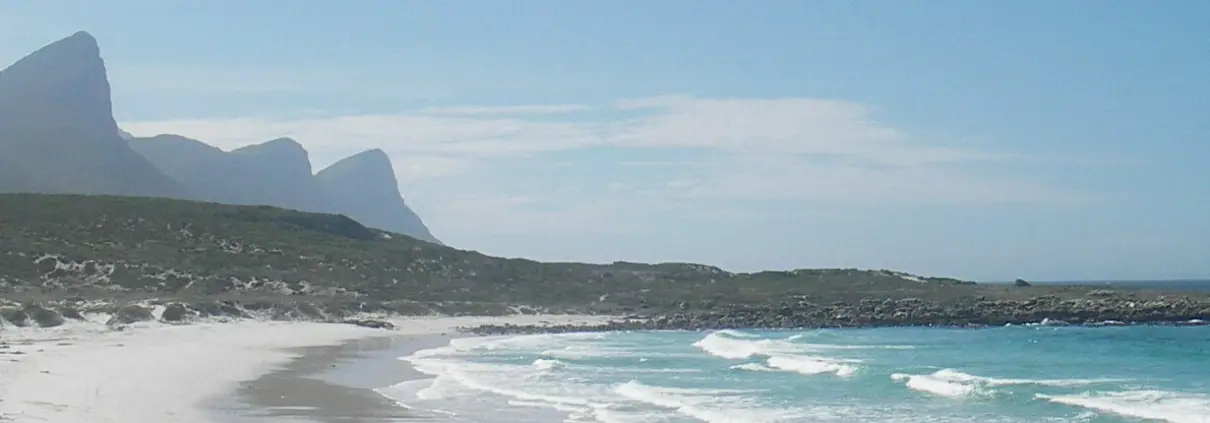The Cape of Good Hope in South Africa forms part of the 7750 hectare Cape Point National Park, which was declared a conservation area in 1938. It is also part of Table Mountain National Park. The area has a 40 km long coastline and extends from Schuster’s Bay in the West to Smitswinkel Bay in the East.
Cape Point and the Cape of Good Hope form the southwesternmost tip of Africa and captivate their visitors with a diverse landscape, rolling hills, wonderful beaches, a vast ocean and indigenous Fynbos vegetation. Here you can find 1100 endemic plant species and 250 different bird species as well as Cape Mountain Zebras, ostriches, antelopes and tortoises.
The cliffs at Cape Point are up to 200 metres high and offer fantastic views over False Bay. During the winter months, this area offers great whale watching opportunities. With a bit of luck, you might also be able to spot dolphins and seals that live here all year round.
The Cape of Good Hope in South Africa is surrounded by the Atlantic Ocean. It is often falsely believed that the Indian Ocean and Atlantic Ocean meet at the Cape of Good Hope because there are two different sea currents (the cold Benguela Current and the warmer Agulhas Current) that influence the flora and fauna. But the two oceans actually meet at Cape Agulhas – which is a 3,5-hour drive from Cape Town.
A trip to the Cape of Good Hope and Cape Point Nature Reserve is a must for every visitor to South Africa. You can easily explore the area on your own – beaches, wildlife, hiking trails, breathtaking views, perfect photo scenes and unforgettable experiences are waiting for you. One day is hardly enough to explore all the highlights that the Cape Point National Park has to offer. That is why there are also different accommodation options available – right in the middle of nature.


